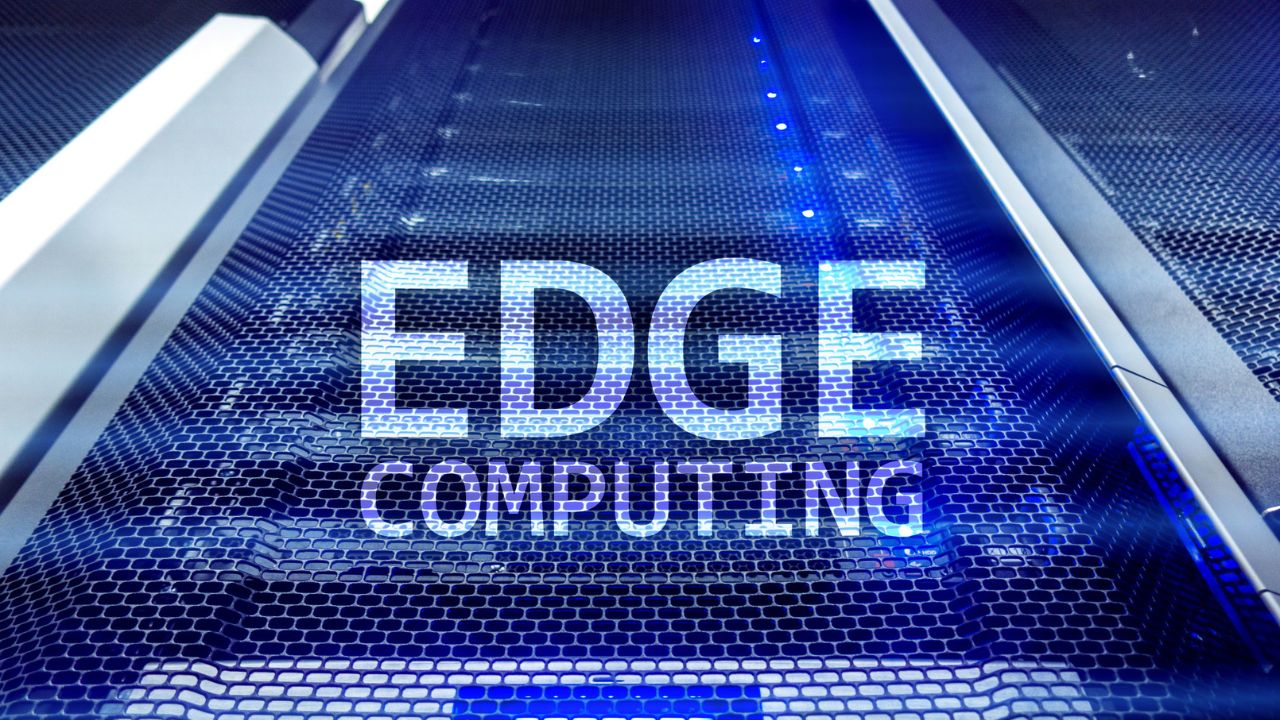Edge Computing

Edge computing is a distributed computing paradigm in which data processing and analysis occur at or near the source of data, rather than being transmitted to a central location for processing.
Advantages of Edge Computing:
- Low latency: By processing data locally, edge computing reduces the latency or delay in data transmission, enabling real-time decision-making and improved user experience.
- Improved efficiency: Edge computing reduces the need for data transmission over long distances, reducing network congestion and improving efficiency.
- Increased security: By processing data locally, edge computing can reduce the risk of data breaches and provide increased security for sensitive data.
- Better support for IoT devices: Edge computing is well-suited for supporting the massive amounts of data generated by Internet of Things (IoT) devices, allowing these devices to operate in areas with limited connectivity.
- Cost savings: Edge computing can reduce the cost of data storage and processing, as well as the cost of maintaining and upgrading centralized data centers.
Challenges of Edge Computing:
- Complexity: Edge computing can add complexity to the computing infrastructure, requiring specialized hardware and software, as well as specialized expertise to manage and maintain it.
- Management and coordination: Managing and coordinating a large number of edge computing devices can be challenging, requiring robust and scalable management systems.
- Security: Ensuring the security of edge computing devices and the data they process can be a significant challenge, requiring robust security protocols and constant monitoring and updates.
Overall, edge computing is an important emerging technology with the potential to revolutionize the way data is processed and analyzed, but it is important to carefully consider the potential challenges and carefully plan for its deployment and use.
Related Links
Speific Content Keywords : edge computing vs cloud computing,edge computing examples,edge computing ppt,edge computing architecture,edge computing is an extension of which technology,edge computing aws,edge computing in cloud computing,what is edge computing in simple terms,edge computing vs cloud computing,edge computing examples,what is edge computing brainly,edge computing ppt,edge computing architecture,edge computing in iot,edge computing,edge computing is an extension of which technology,edge computing vs cloud computing,edge computing is an extension of which technology brainly,edge computing is often referred to as a topology,edge computing examples,edge computing solutions,edge computing technology,edge computing ppt,edge computing 5g,how can edge computing be used to improve sustainability,what describes the relationship between 5g and edge computing,what underlying concept is edge computing based on
what is a recent innovation in edge,computing enhanced by 5g,what is edge computing brainly,mobile edge computing,relationship between edge computing and cloud computing,fog computing vs edge computing,aws edge computing,multi access edge computing,edge cloud computing,edge in mobile computing.

